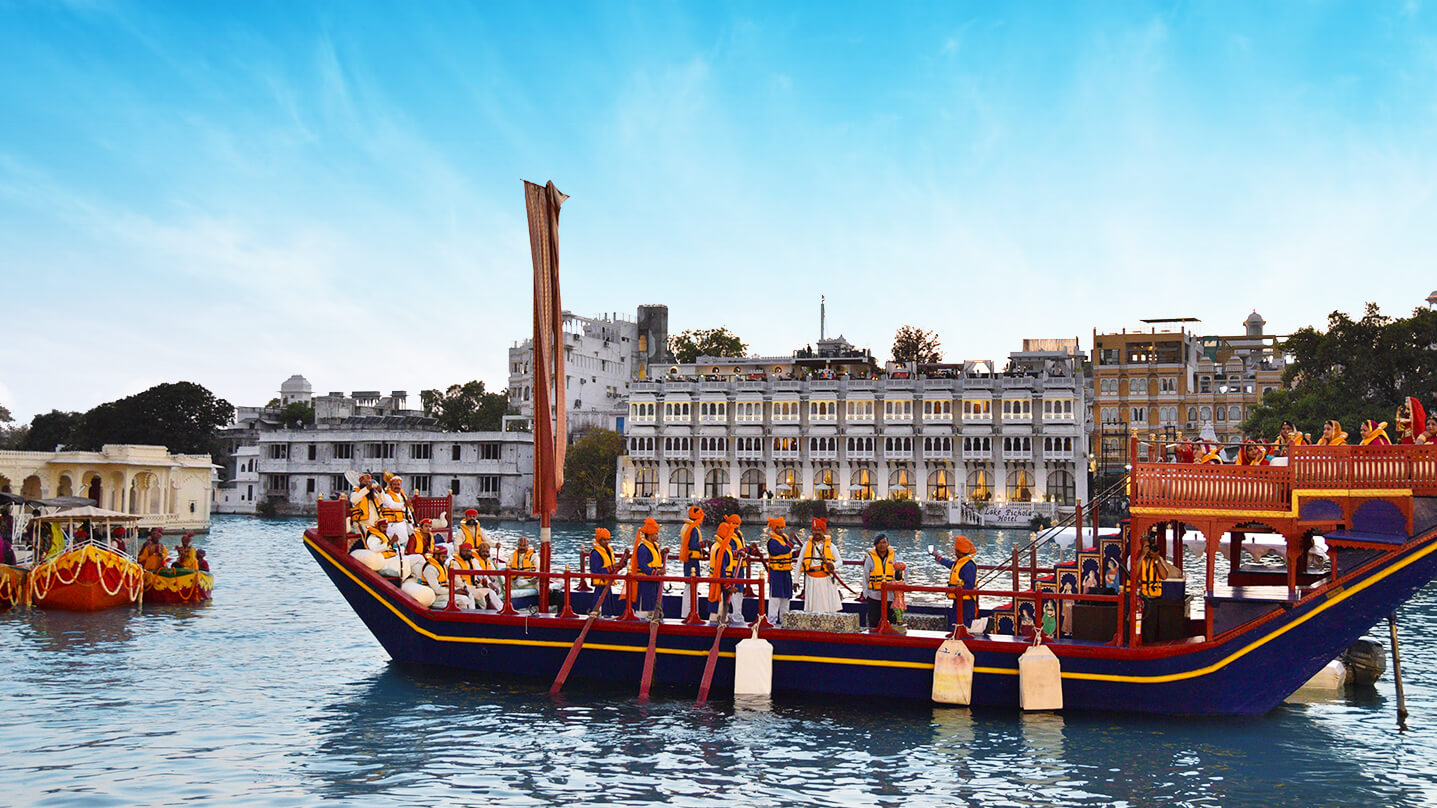ItvaSthan
Rajasthan Through Eyes of Itva
Itva | May 22nd, 2018
-
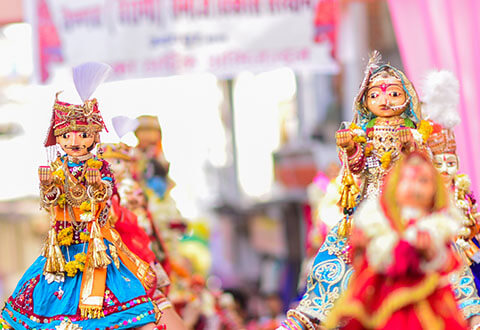
Gangaur and Mewar festivals
The history of humans participating in all kinds of religious and cultural celebrations dates back right to the advent of civilization. Some of these celebrations became more prominent than others over the course of time, not only gaining more popularity but also developing into grander forms. The Gangaur festival in Rajasthan happens to be anapt example of such a celebration.
-
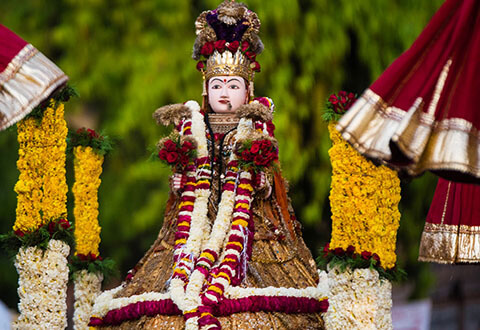
Gangaur festival – what it is and why it is celebrated
Gangaur festival marks the worship and propitiation of Gauri,consort of Lord Shiva, a principal Hindu deity, by the womenfolk in parts of Central and Western India, importantly Rajasthan. The term “Gangaur” has been derived from two root words, Gan (Shiva) and Gaur (Gauri). Gauri, as a form of Shakti (Mother Goddess, originator of life on Earth) is responsible for creation, fertility and change and devotees worship the Goddess, praying to her to bless them with bountiful springs, full of harvest and marital harmony. Even though the Gangaur festival holds special significance for married women folk, young women and girls also partake in the celebration in hopes of being blessed with a good husband. The story of Gangaur mainly revolves around Parvati being escorted by Lord Shiva from her parental home, following a grand farewell. As per ancient texts, Parvati had performed severe penance for days, to persuade Lord Shiva to have her as his wife. Her perseverance and devotion did indeed move him.
-
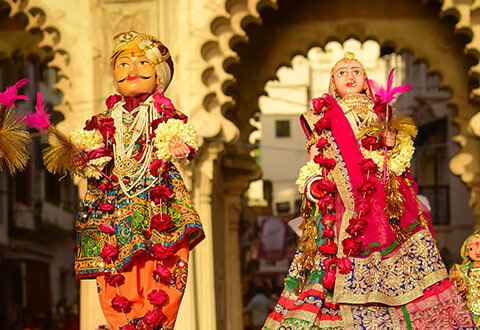
Celebrations galore
The festival of Gangaur commences on the first day of the Hindu month of Chaitra, following the Holi festival and culminates on the third day of Shukla Paksha of the same month. Gangaur festival is usually an 18-day affair during which women observe fasts or limit themselves to a light meal of one per day. Decoration and worshipping of clay or wooden idols of the divine couple, Shiva-Shakti,takes place during the full course of the festival. Married women receive gift hampers, from their parents on the second-last day of the festival, called Sinjara, consisting of clothes, ornaments, makeup items and sweets, which they utilize to get ready for the main festival the next day. The application of Mehndi (myrtle leaves’ paste) on hands and legs in beautiful designs and patterns is a popular practice among women during the Gangaur festival. In Rajasthan, Gangaur is celebrated with immense pomp and fervour. Fairs and intriguing processions are the major highlights of the Gangaur festival. Although Jaipur, Jodhpur, Udaipur, Jaisalmer, Nathwada and Bikaner are the regions in Rajasthan that mainly observe this festival, the celebrations in Jaipur and Udaipur are the most notable.
-
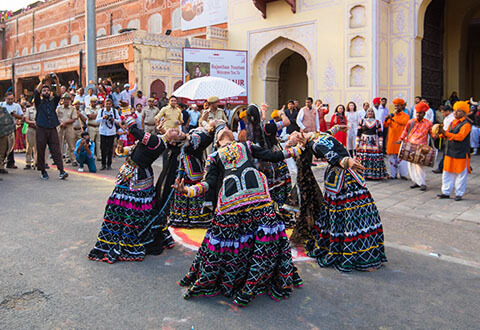
Gangaur festival in Jaipur
Gangaur is one of the most highly awaited festivals in Jaipur, and women all across the city begin preparing for the festival a good few weeks before it arrives. A traditional procession is carried out with great splendour and pageantry in Jaipur, starting from the Zanani-Deodhi in City Palace, covering Tripolia Bazaar, Chhoti Chaupar, Gangauri Bazaar, Chaugan Stadium and Talkatora along the way. This grand procession also involves Elephants, bullock carts, chariots, old palanquins and a bevy of folk performers, all adding to the charm of the celebration. This long procession is so fascinating and exceptional that it draws spectators from far off corners of India and outside to witness it in person.
-
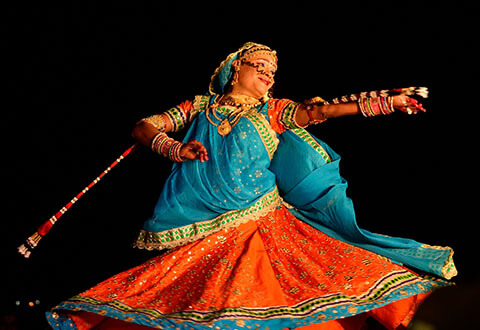
Mewar festival in Udaipur
Gangaur in Udaipur is celebrated as the popular Mewar festival. Other than the name, some other variations can also be observed between the two festivals, especially in the processions. The Mewar festival in Udaipur usually extends up to 3 days, and it is on the final day that women carrying clay idols of Isar and Gangaur set out to parade throughout the city. Captivating music and folk songs remain a constant part of the procession which reaches its climax at Lake Pichola, where the boat procession of the Mewar Festival starts. A fete constituting of thrilling swings and rides, lip-smacking food and sweets and vibrant dance and music is also orchestrated during the festival. Women and young girls lining up outside Mehndi stalls is another common sight during the fair. Cultural activities and interesting contests are organized towards the evening by the Department of Tourism. Dress-up competitions are especially held for foreign visitors to help them experience the colours of the festival more closely. In the end, even though these festivals differ in names and customs, the religious background and social message that they share remains the same. Marriage is not just some social institution in India; it is but a serious and sacred affair, something that humans have in common with the Gods. No matter where you go and which festival you attend, the spirit of this celebration is ubiquitous, and its effect, spellbinding.



